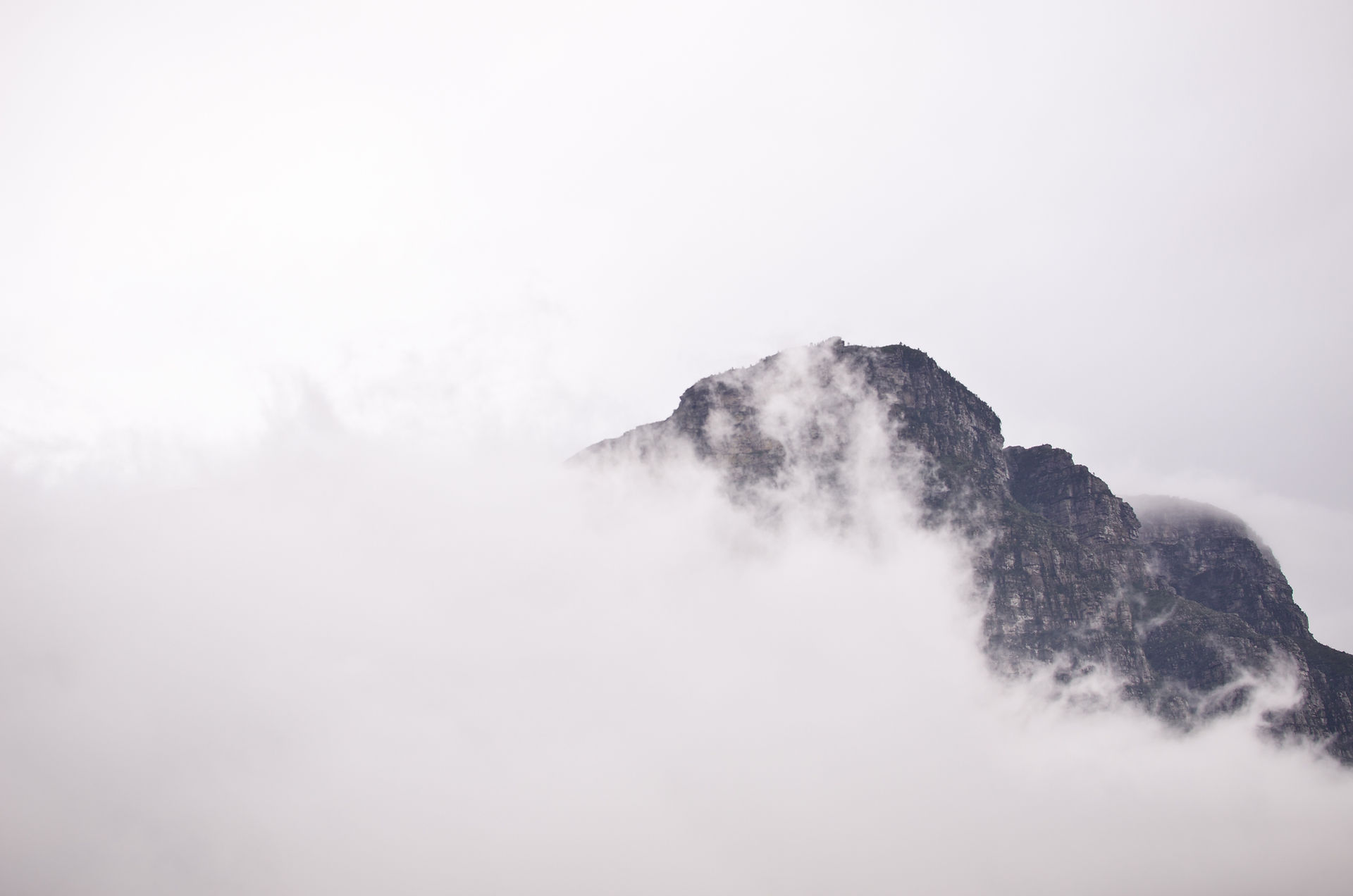- erick
- Aug 14, 2021
- 2 min read
Updated: Nov 30, 2023
— Came across a post the other day, a quote on tea. It suggested thinking of the tea cup as the axis upon which the earth was rotating — the central pivot.
Although a point of focus for meditation, this concept is far more than a mind exercise. Often in writings on tea we come across this state described, one of feeling as though the entire world or universe is revolving around you. This type of thinking may be very well viewed as self-centered in the negative sense, but when thinking is removed entirely and this becomes a state of being. Then it is simply accepting the reality of our, so-called, holographic universE — Indra’s net of jewels.
Tea can help to reveal to us, first hand, concepts which — from an intellectual point of view — are largely useless or perhaps counter-productive (when mis-directed). In order to truly grasp the process of tea — in its original context – is to transcend the process of study, and in turn become the art itself. Similar processes of self discovery are laid out in the study of Zen, martial art, meditation, and at times sport.
The discovery of this new frontier of experience is recorded in every cell of our being and we are forever changed by it. It allows us the broader view of life, that suggests the wisdom of walking over running, and unfolds the riddle of the tortoise and hair — in real time.
Wisdom traditions are often seen as cryptic by nature. They are indeed cryptic, and will remain so until we have operated on this platform for ourselves. My teacher of tea once referred to the art of tea meditation as the process of cultivating enlightenment. With each glimpse of the farther shore, it becomes clearer, and we are able to find our way back more easily — should things go astray.
For my part, tea is a process of meditation which can hold my attention. And, it gives me something to do with my hands, while watching the world go by.


